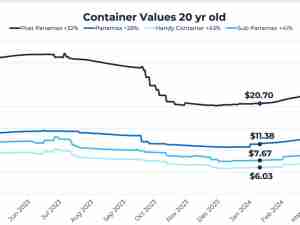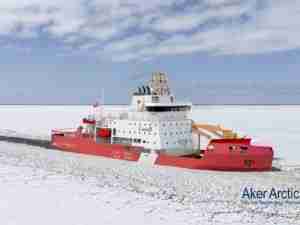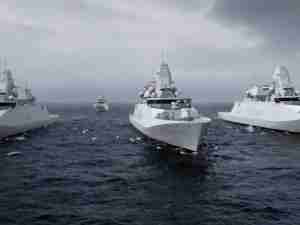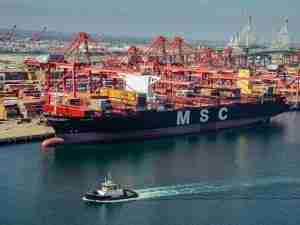China’s decision to give its top military body control over the country’s vast coast guard has increased concerns about the risk of miscalculation in the disputed waters of East Asia.
The ruling Communist Party is transferring authority over Asia’s biggest coast guard fleet to the Central Military Commission from the civilian State Oceanic Administration, as part of a sweeping government overhaul announced last week in Beijing. That will give President Xi Jinping—China’s commander-in-chief—direct control over the ships that the country often relies on to assert territorial claims across the region.
While the move simplifies the China Coast Guard’s chain of command, it also further blurs the lines between the military and civilian vessels patrolling regional tension spots, such as the East and South China Seas. That ambiguity increases the risk that assertive conduct by “white-hulled” coast guard ships could escalate into an unintended military clash.
“Regional navies are going to look at this and wonder, what is the chain of command that the coast guard is under? And what does that mean if we get into a stand-off?” said Lyle Morris, a senior policy analyst at RAND Corp. “If there is a crisis, what is the use-of-force doctrine, who are they talking to? There is going to an assumption that everything they do is going to be militarized.”
China asserts control over more than 80 percent of the South China Sea, a key shipping route also claimed by Brunei, Indonesia, Malaysia, the Philippines, Taiwan and Vietnam. Using the China Coast Guard’s large—but relatively lightly armed—vessels to enforce those claims has allowed Beijing to avoid greater international outcry and outright military-to-military confrontations.
Still, the patrol vessels have been at the center of tense standoffs between China and neighboring countries, who have accused them of ramming other fishing boats and patrol vessels. An arbitration panel found in 2016 that the coast guard had breached conventions on safety at sea and the U.S. has sought to include the fleet in protocols designed to control encounters between the countries’ navies.
The government overhaul announced Wednesday continues a process of centralizing control over China’s 200-ship civilian enforcement fleet that began in 2013, when the China Coast Guard was founded by merging four other maritime agencies. The latest change makes the fleet part of the People’s Armed Police, or PAP, a domestic paramilitary force also put directly under Xi’s command in December.
“I don’t think that transferring the coast guard will escalate regional tension or create more risk,” said Zeng Zhiping, military law expert at Nanchang Institute of Technology. “It will be the same group of people handling issues in the South China Sea. In this case, the internal division of duties hasn’t changed.”
While Vietnam’s fleet is under the Ministry of Defense, the coast guards of Japan and the Philippines report to transportation agencies. None of the three compares to China’s in size. The U.S. Coast Guard reports to the Department of Homeland Security, although the president can transfer control to the U.S. Navy in wartime.
Still, distinguishing China Coast Guard vessels from their “gray-hulled” naval counterparts has become more difficult. The country has been producing larger cutters that displace 20 percent more water than the U.S. Navy’s Arleigh Burke-class destroyers and carry 37 millimeter rapid-fire guns and 76 millimeter auto-cannons.
“Now that the PAP is more military, it means that there are more powerful military links with China Coast Guard,” said Morris, of Rand Corp. “China can no longer claim that the Coast Guard presence in disputed waters is purely civilian in nature.”










